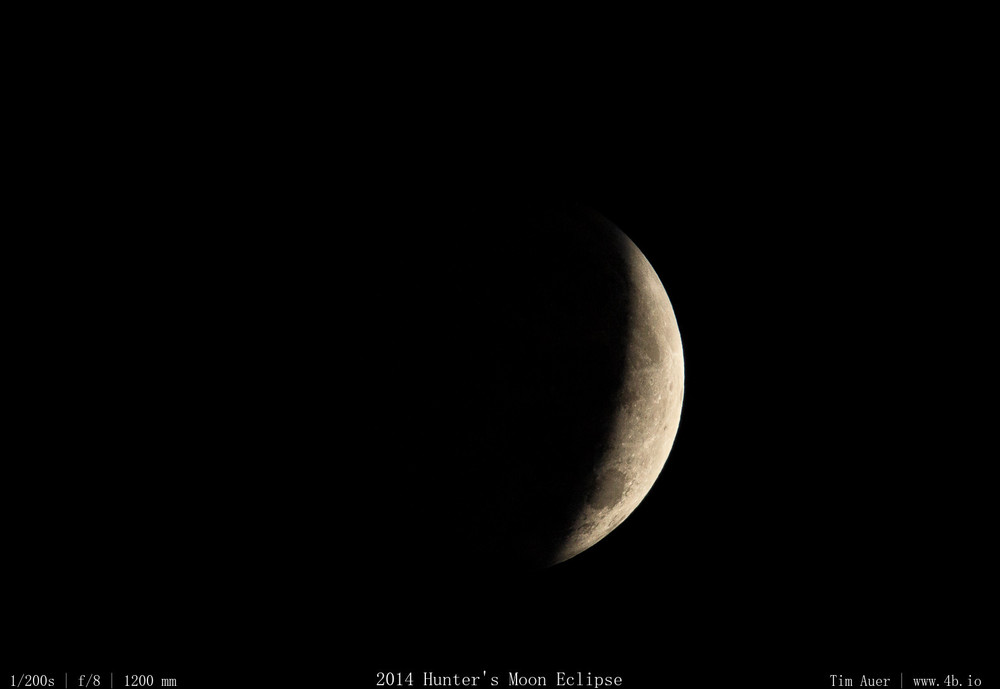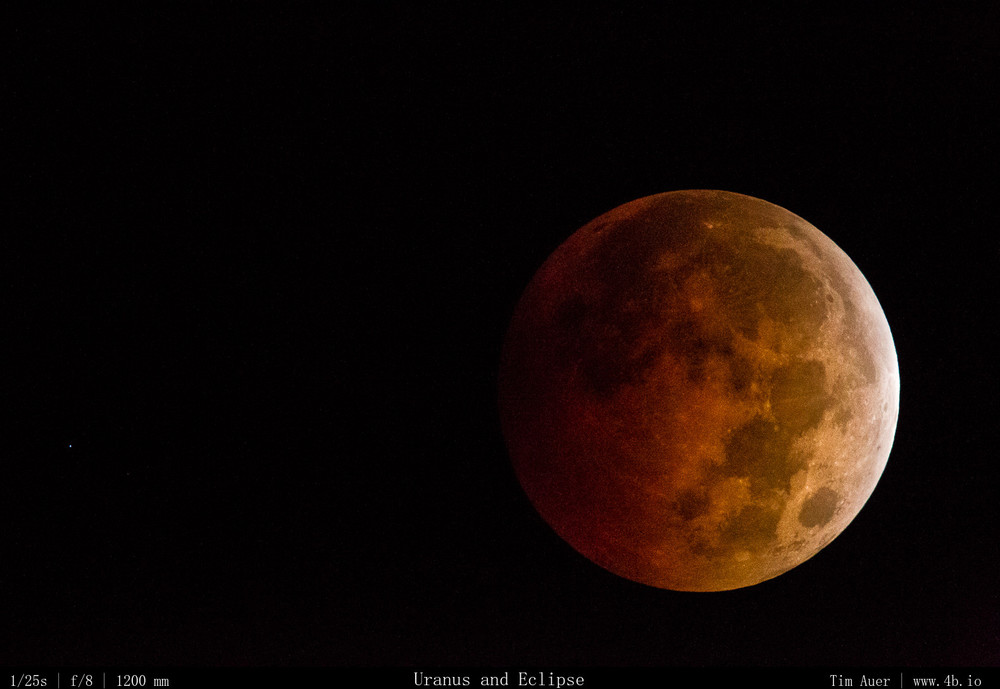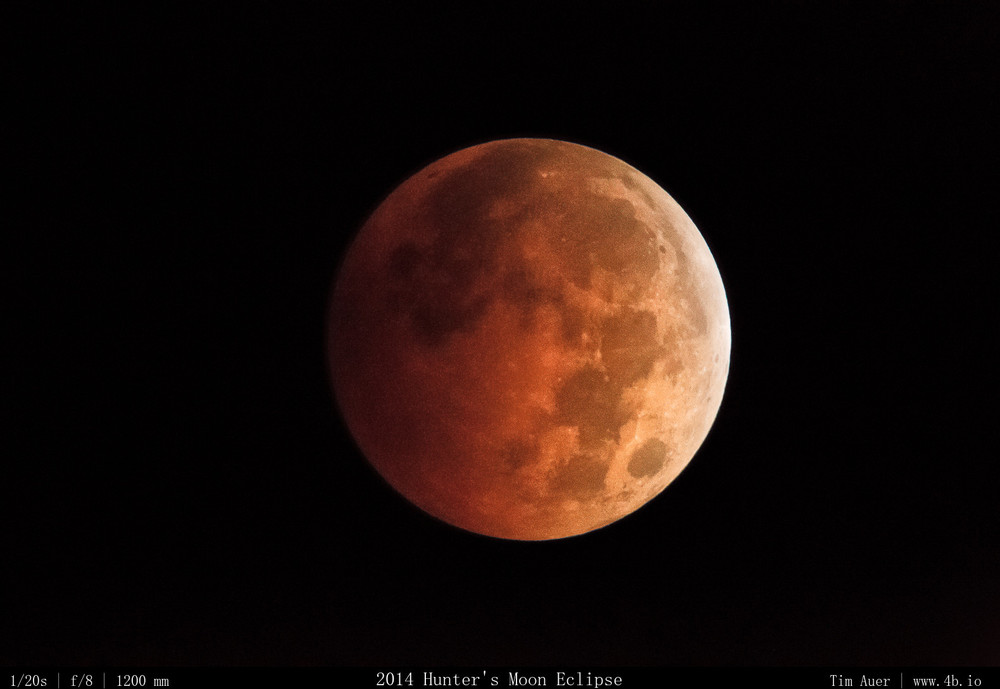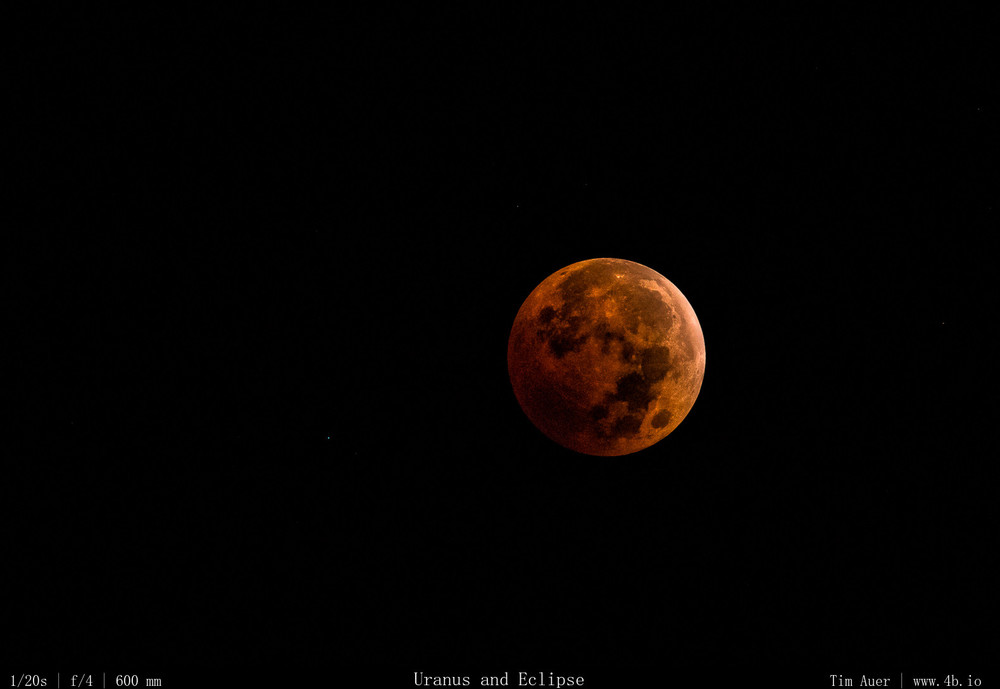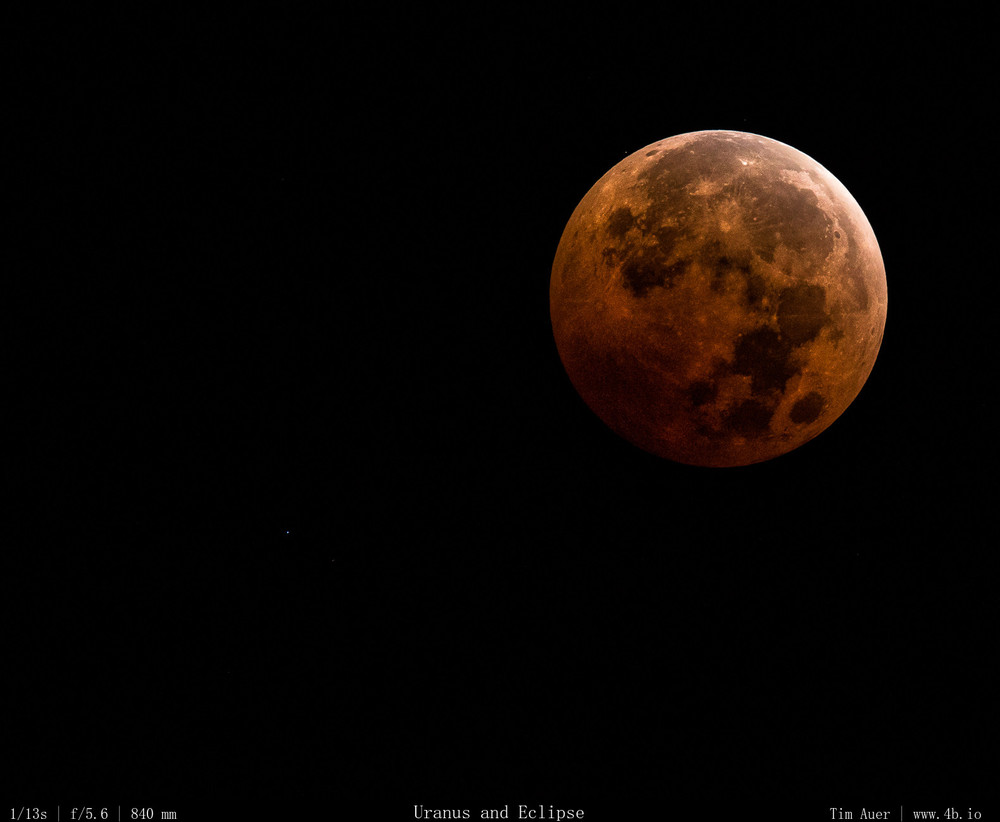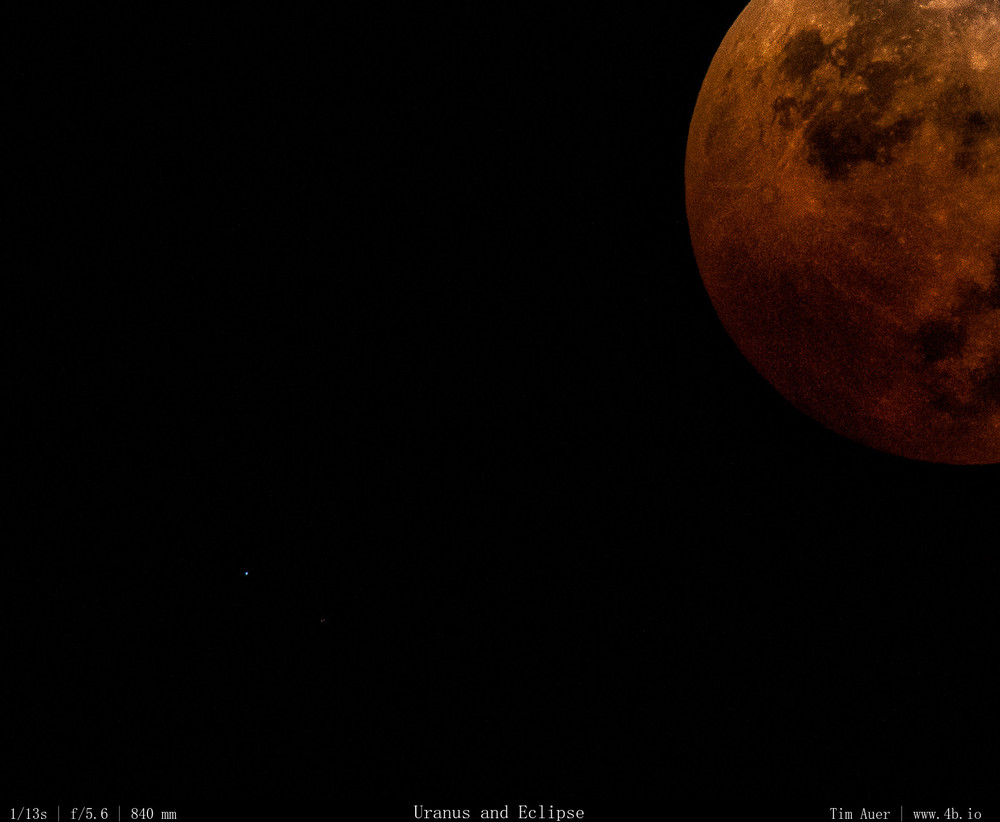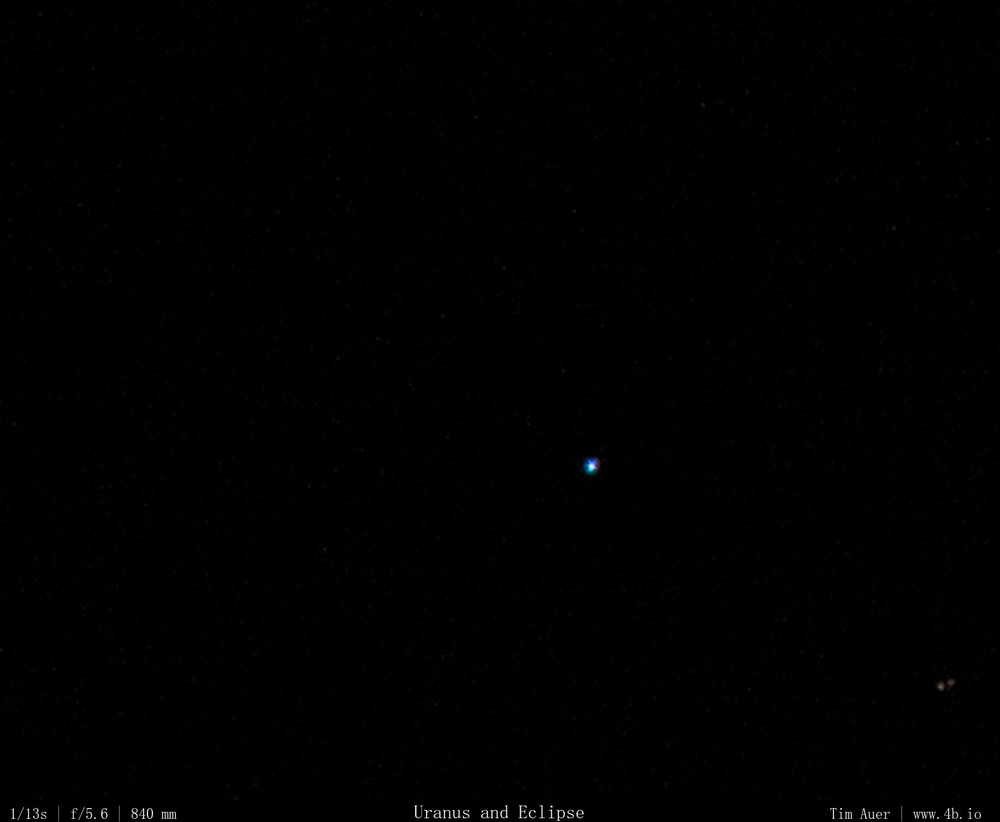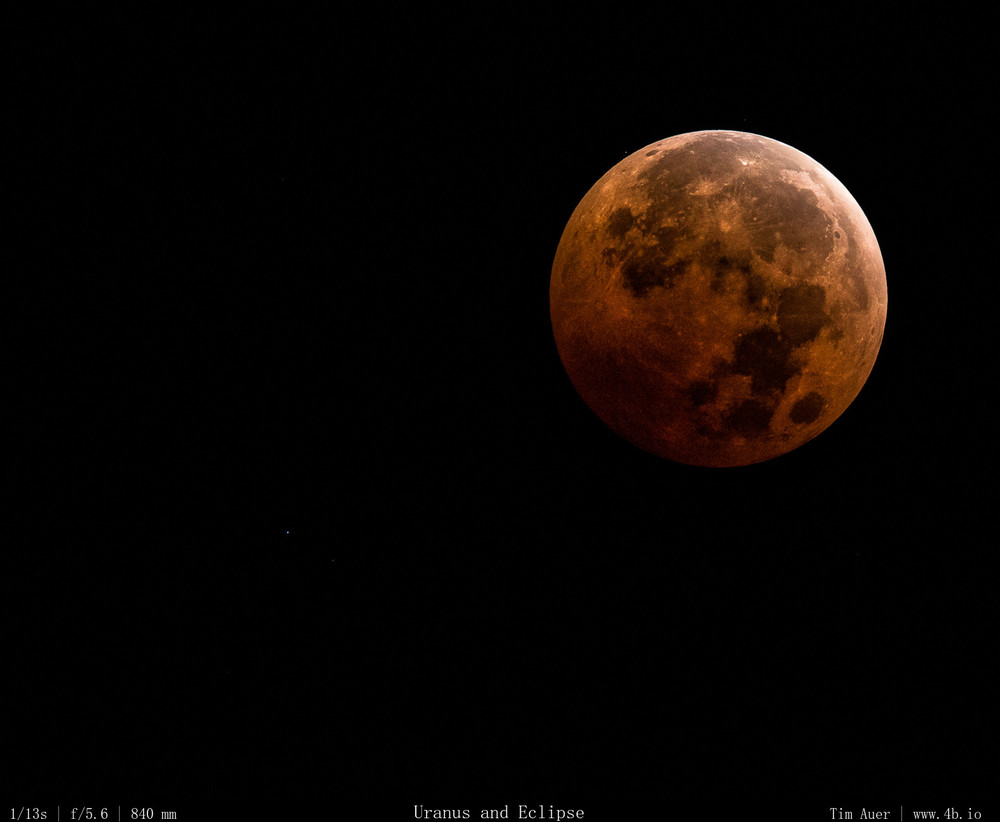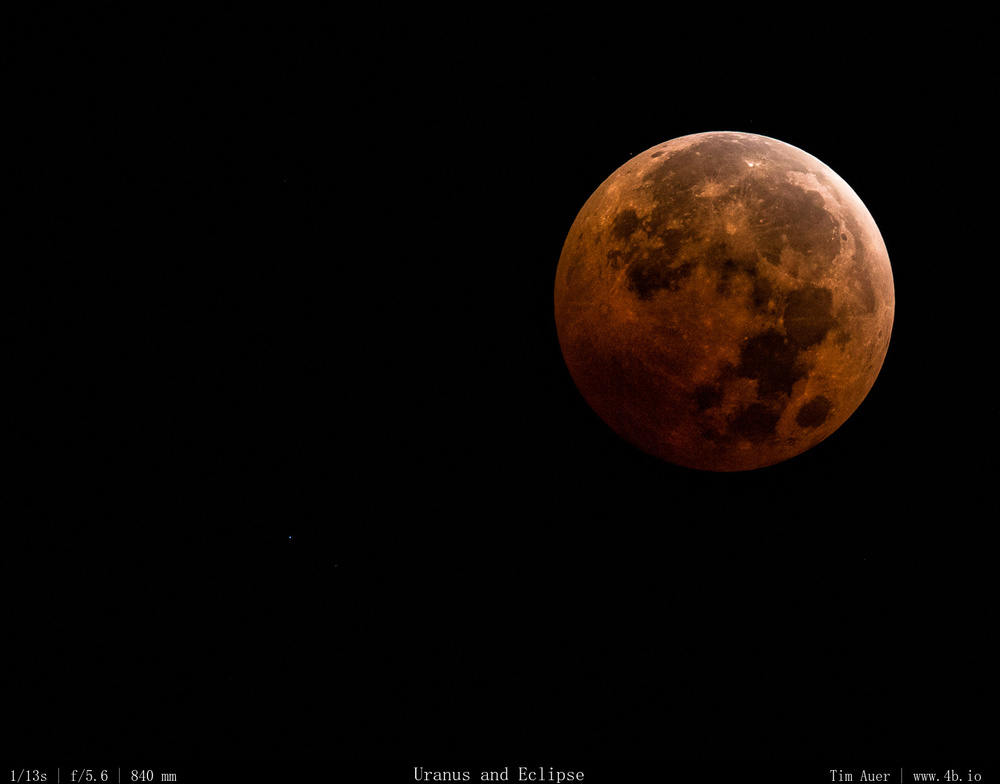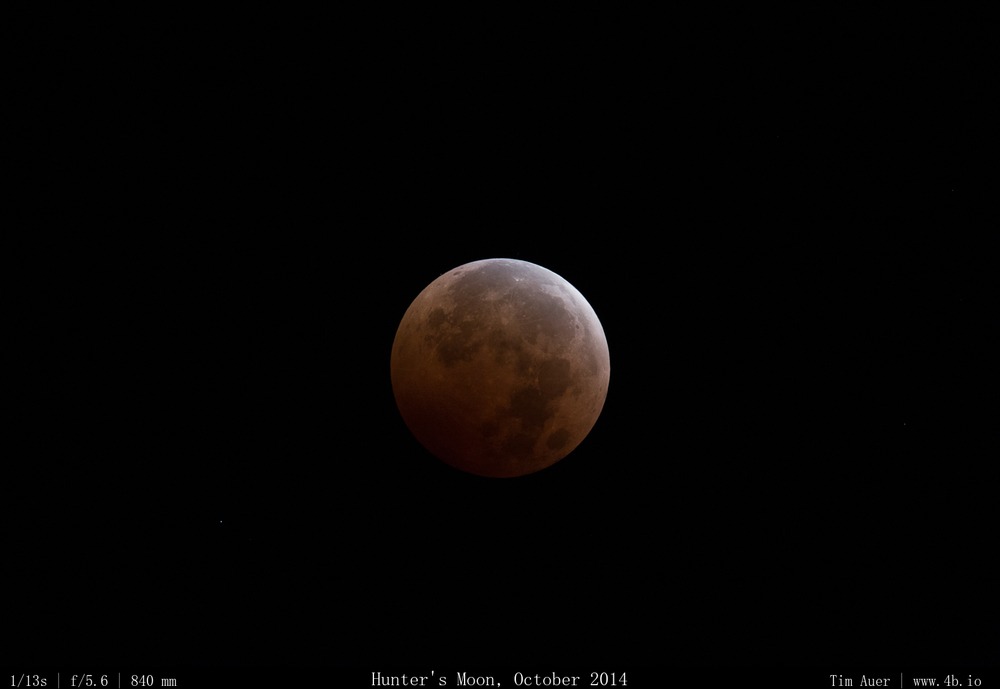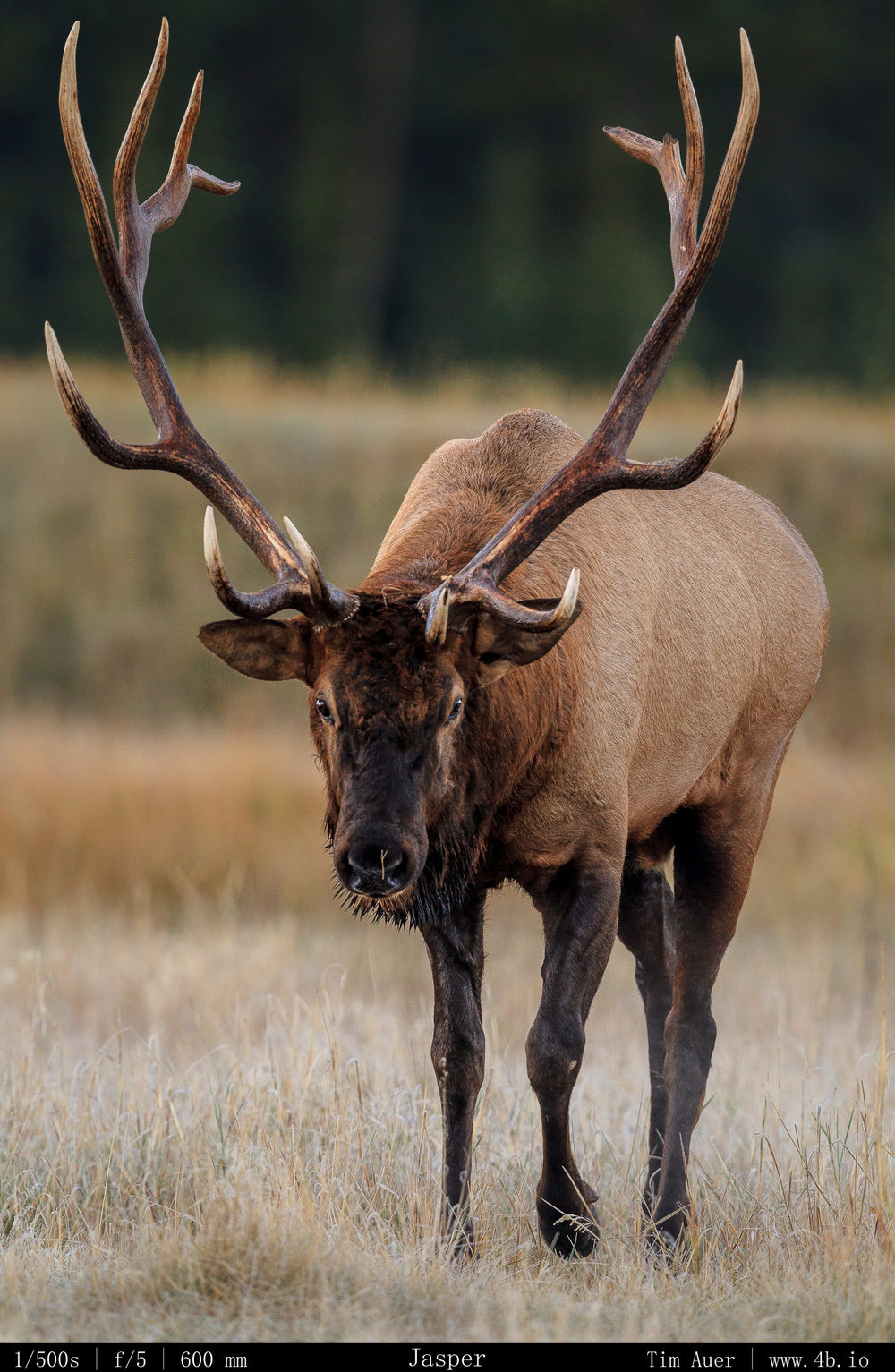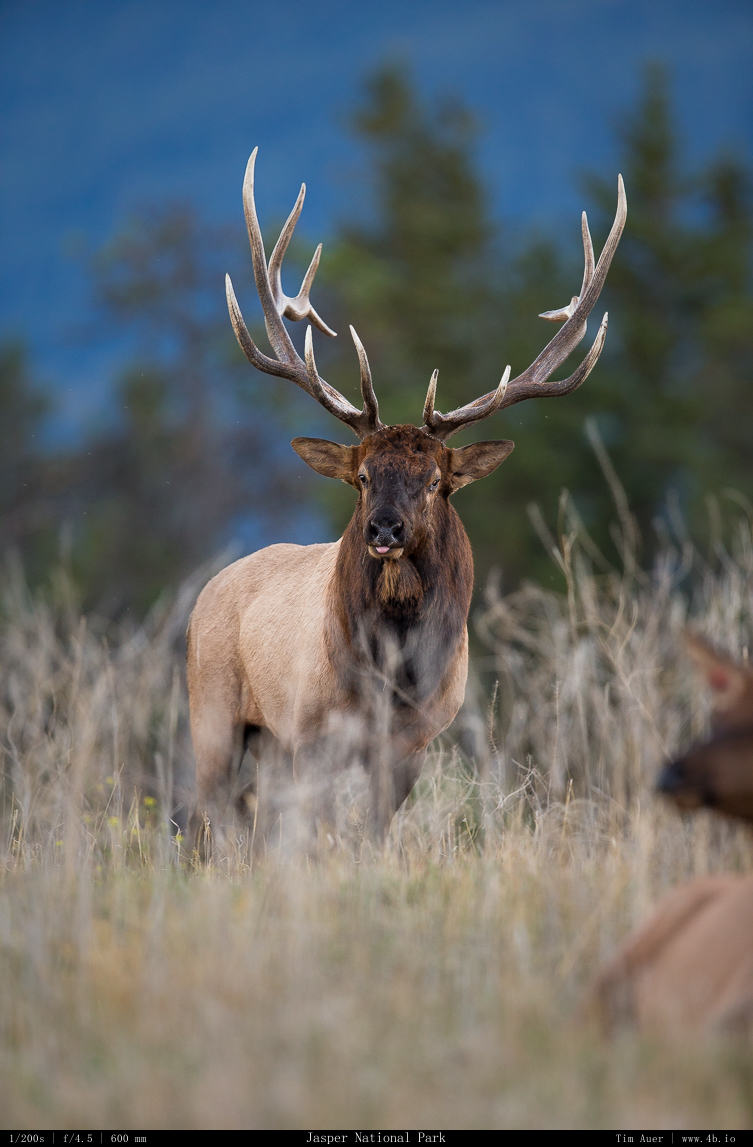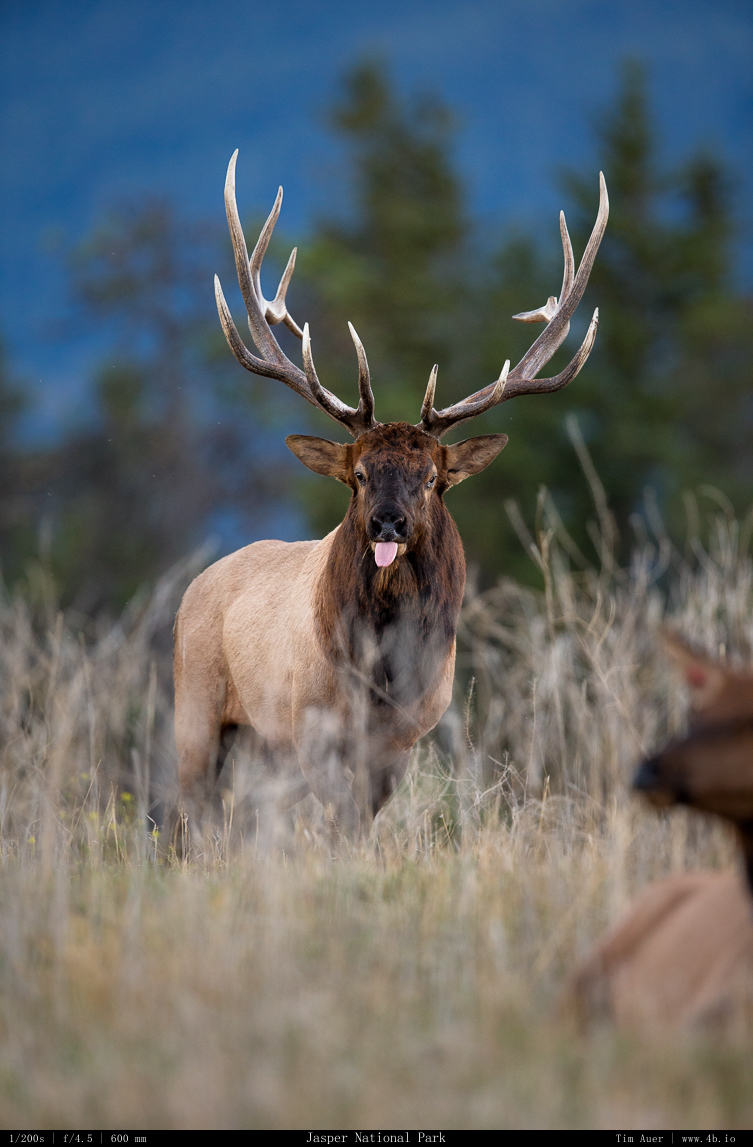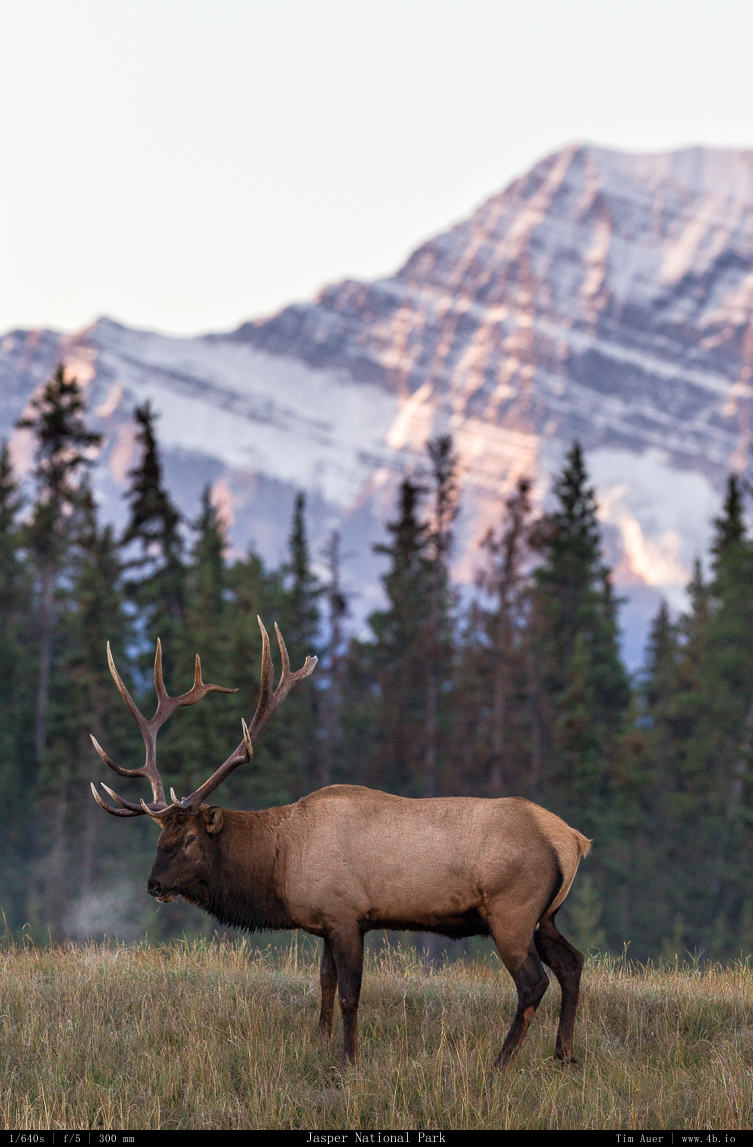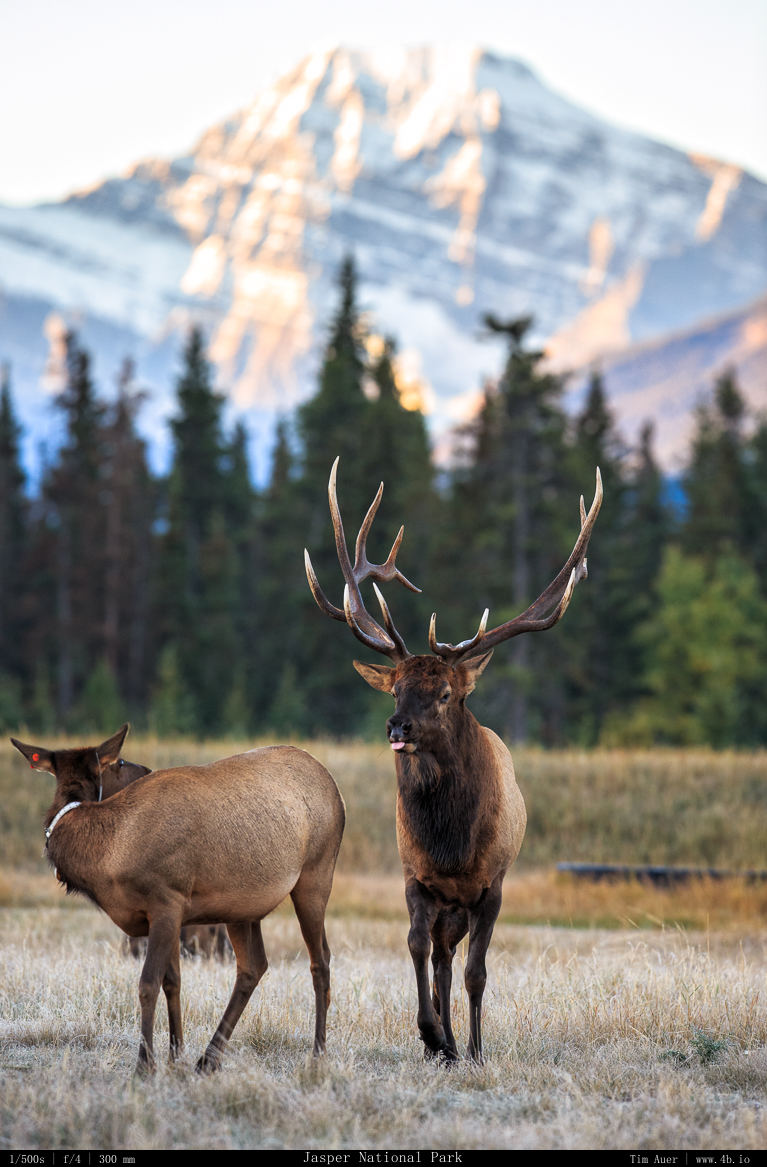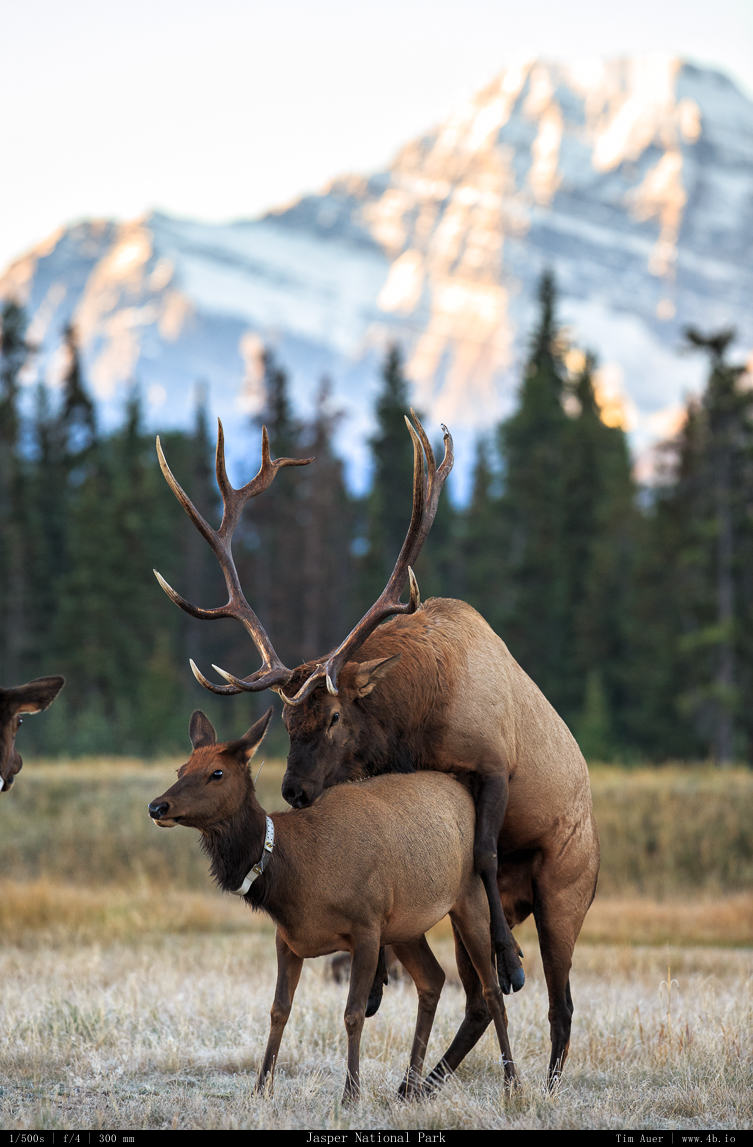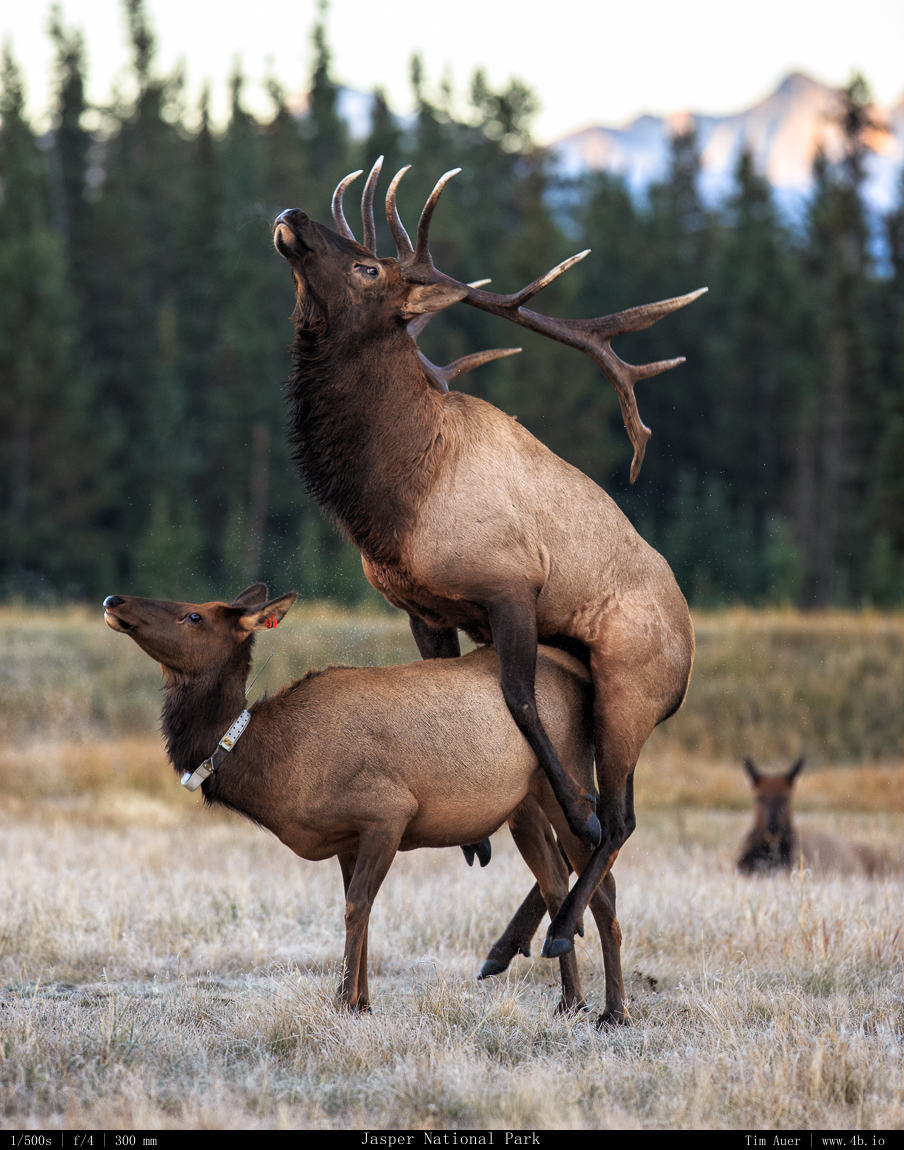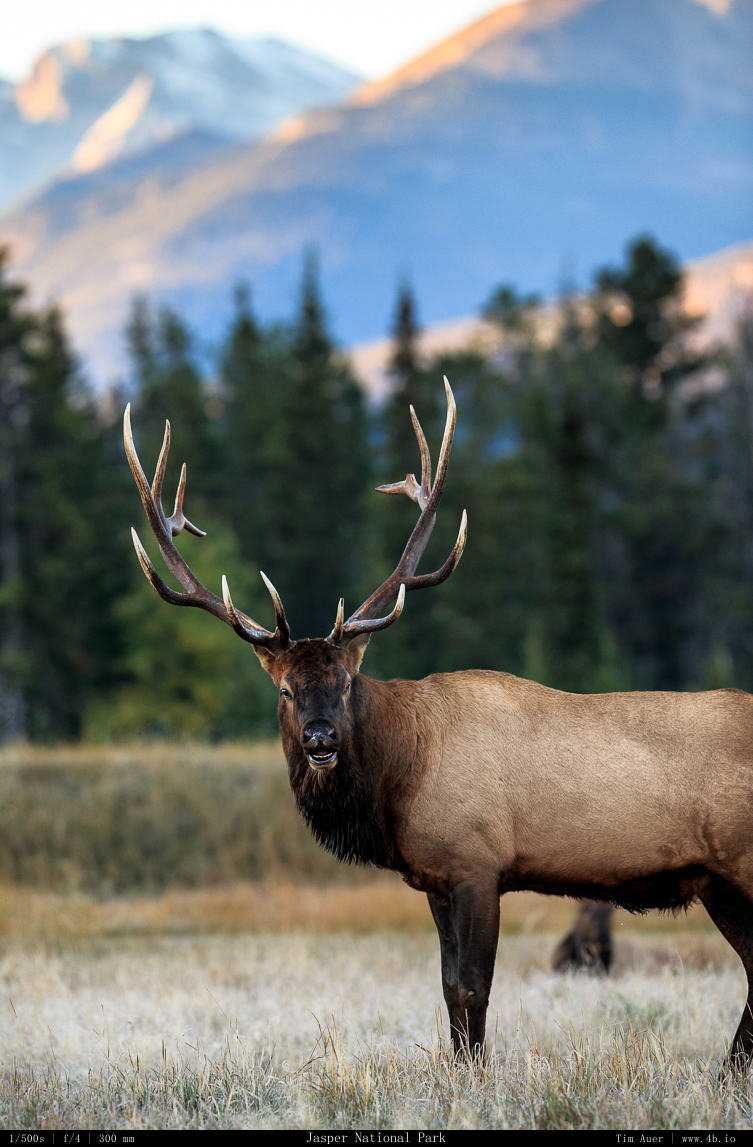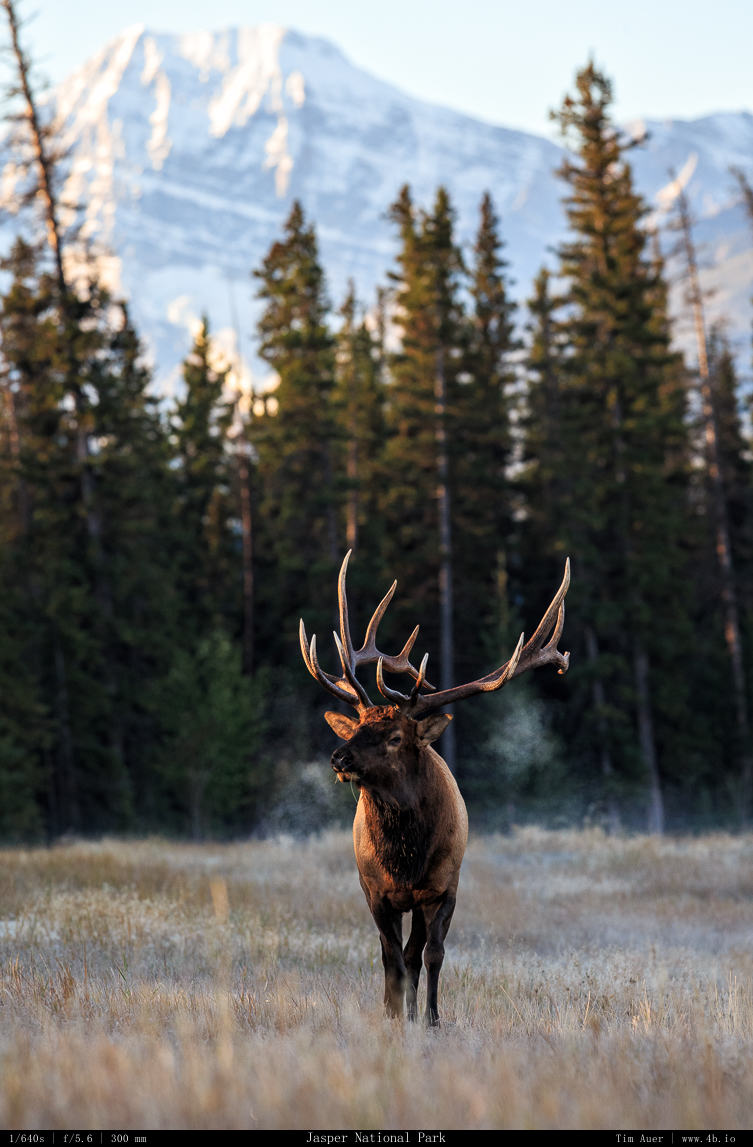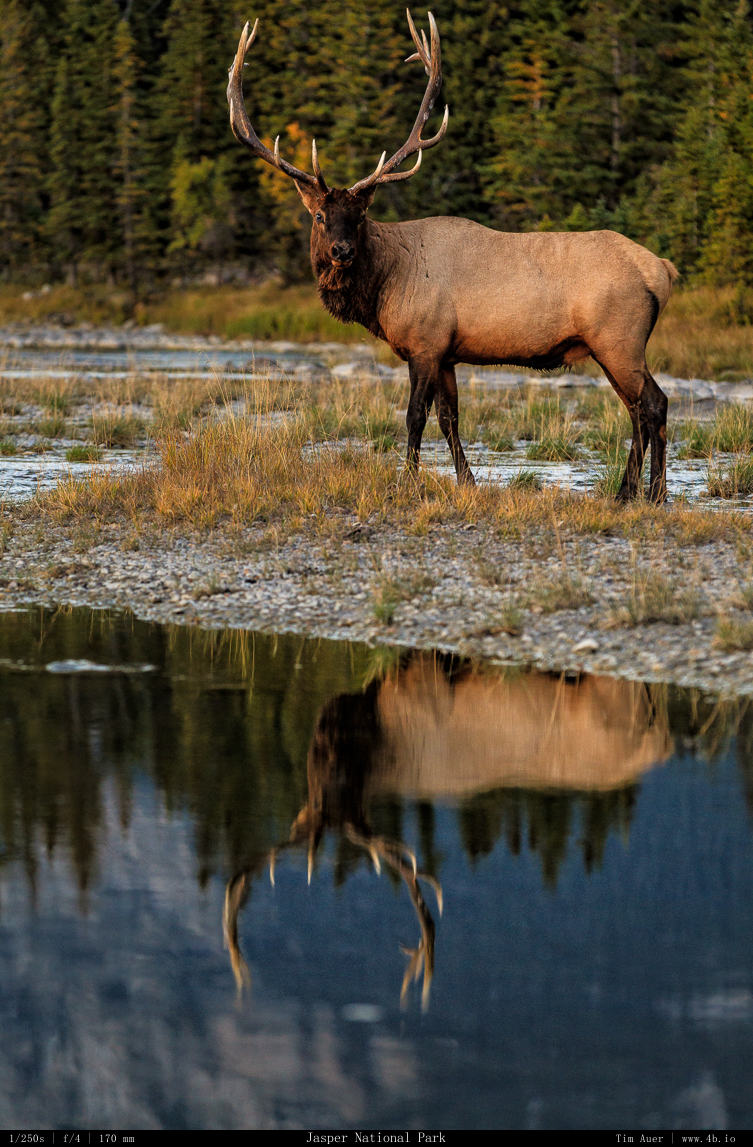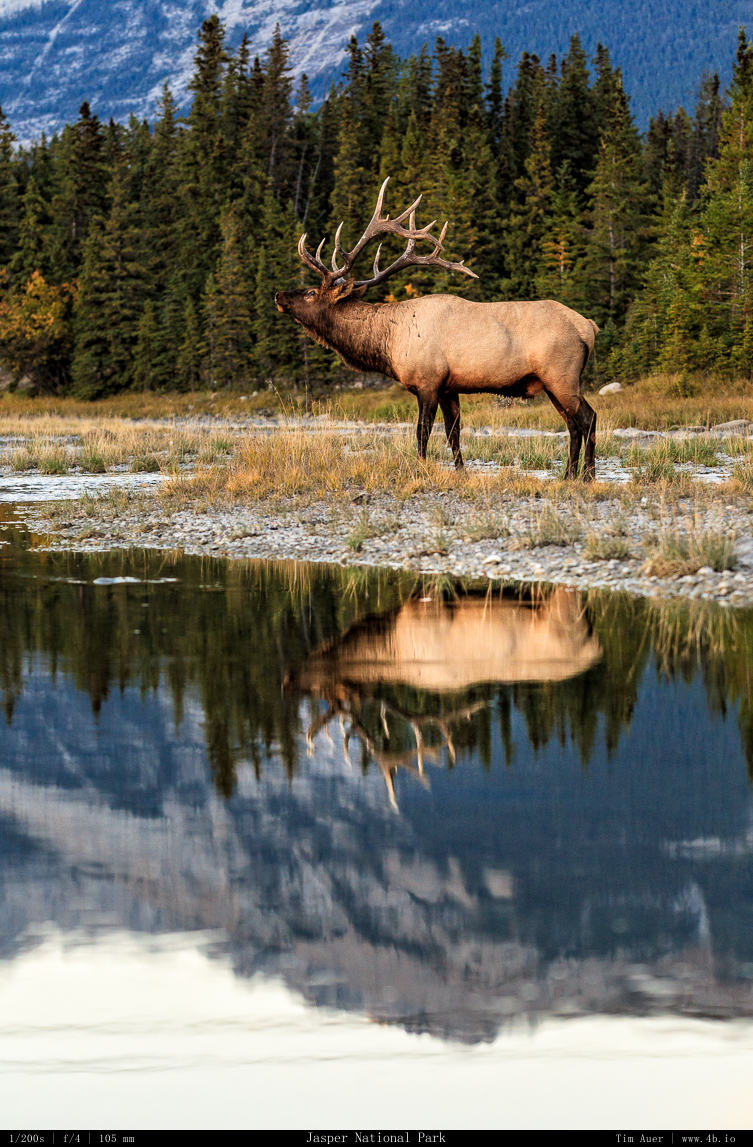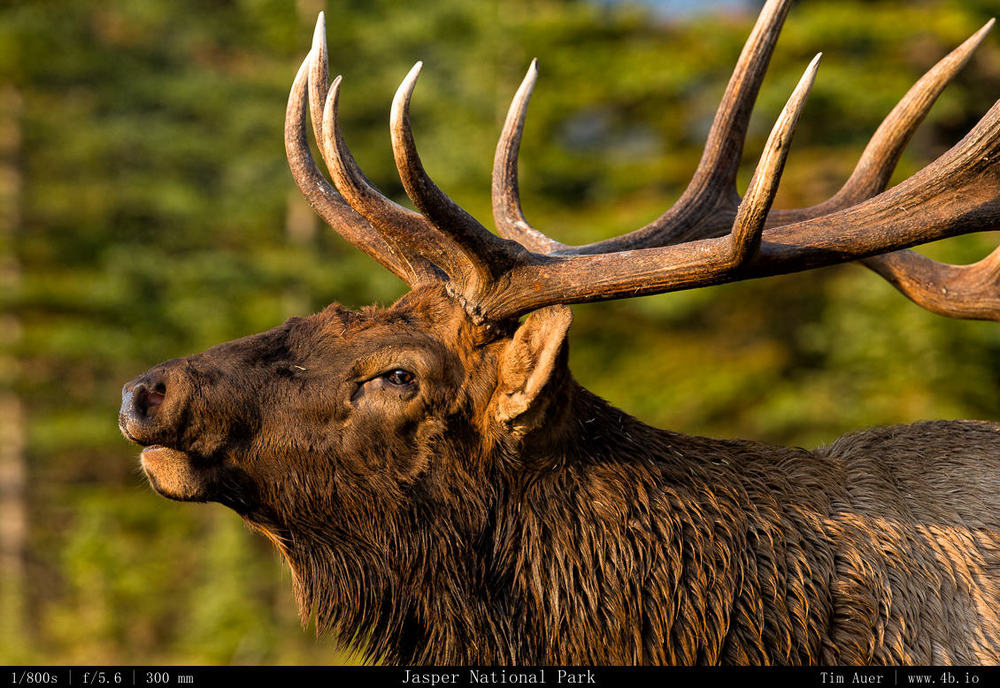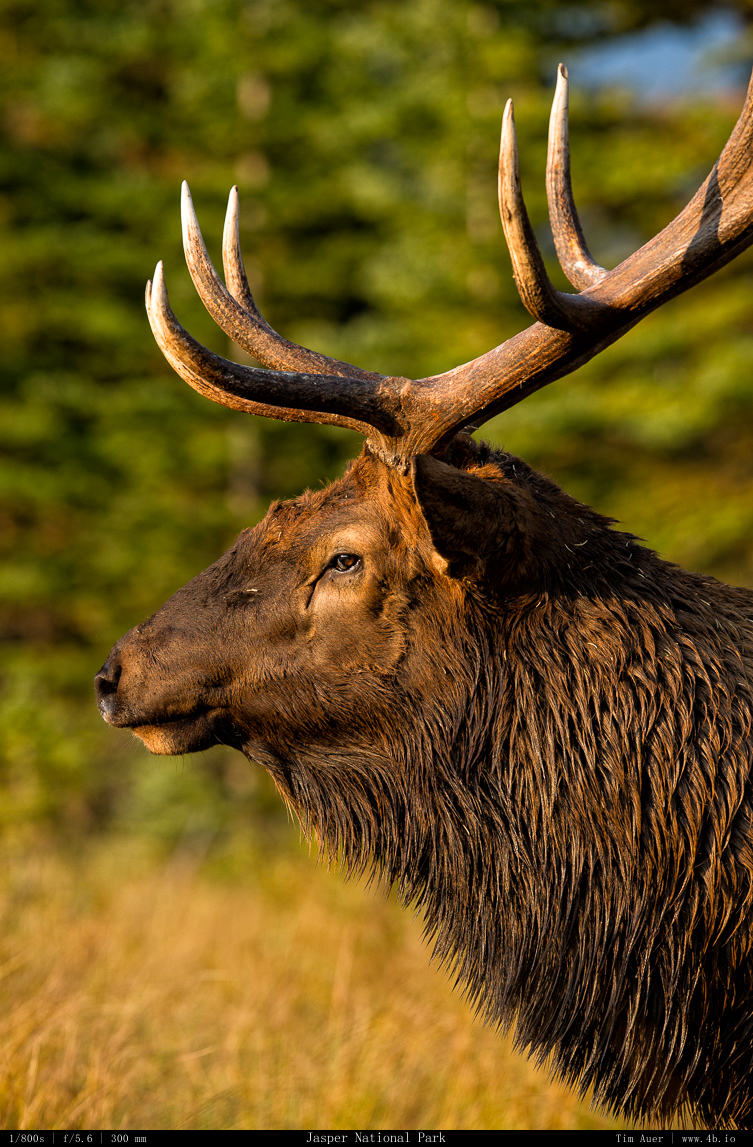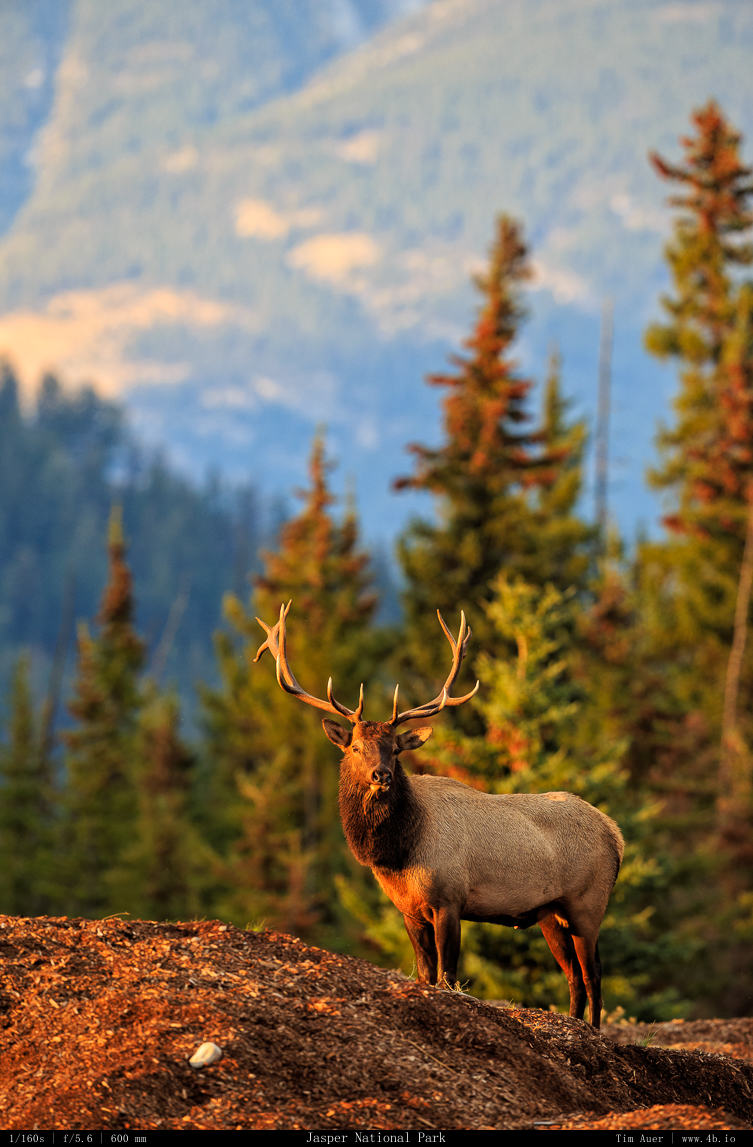2014 Hunter’s Moon eclipse.
Shooting from my apartment’s parking lot, I went outside a little before 03:00 to see the already full moon already partially eclipsed. I quickly set up my gear, and began to shoot.
I know I have said before, but I’ll say it again: the moon is bright. It is the second brightest object in the sky, behind only the sun. Even a sliver of a crescent moon is significantly brighter than the the sky’s third most luminous object, Venus. When photographing a regular full moon, the dark sky that surrounds it can be deceiving to camera and observer. This makes it more of a challenge to properly expose. In most cases, you need a fast shutter, and will need to under expose significantly to capture the details in the moon’s face (if not shooting in manual mode). The opposite is true for a lunar eclipse. The strategy to use here is the technique used for shooting the Milky Way on moonless nights.
In my research to understand the relative brightness of a lunar eclipse, I learned about the Danjon Scale. http://en.wikipedia.org/wiki/Danjon_scale
Set-up:
My initial set-up consisted of the following:
– 1D4 – bad ISO performance compared to 6D and 1DX, but has advantage of 1.3 APS-H crop sensor for additional “reach. This turned out to be a bad choice because good ISO capability is helpful to capture the dim moon.
– 600mm f/4 II + 2x III extender = 1200mm, but with the 1.3 crop on 1D4, this combination would be equivalent of a 1680mm lens on 35mm. This would help fill the frame nicely!
– Gitzo 3 series tripod with RRS Panning head and 15 lbs weight tied to the hook. This is a critical step to stabilize the support. With 1680mm of equivalent optics, the slightest vibration wrecks havoc on any image.
After using this set-up, I quickly realized that I needed more light. The f/8 (with 2x teleconverter) just wasn’t fast enough. I removed the extender and opened the 600mm to f/4. Then lost some optical reach by switching bodies to the 6D. This would give me cleaner high ISO performance and some more resolution (20MP vs 16MP) for cropping. I tooks some shots with these settings, before taking a few clicks with the 1.4x extender.
